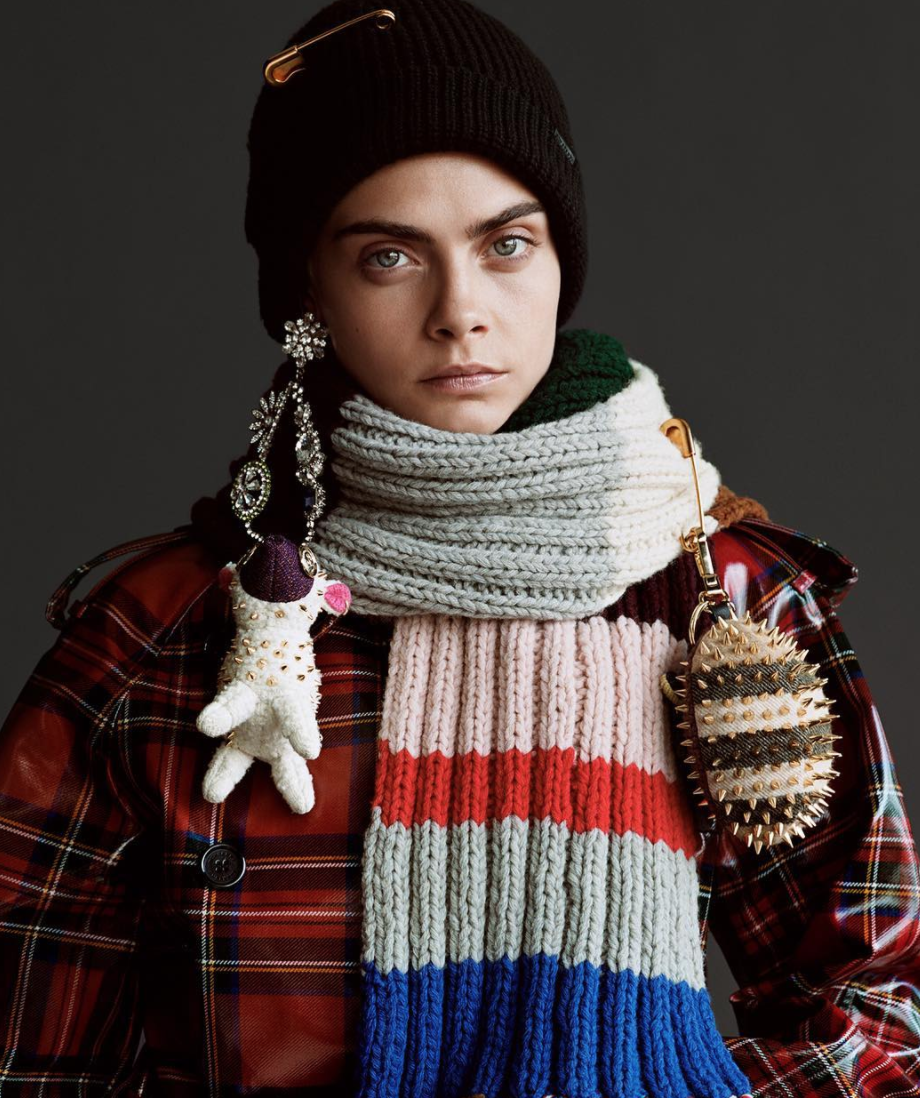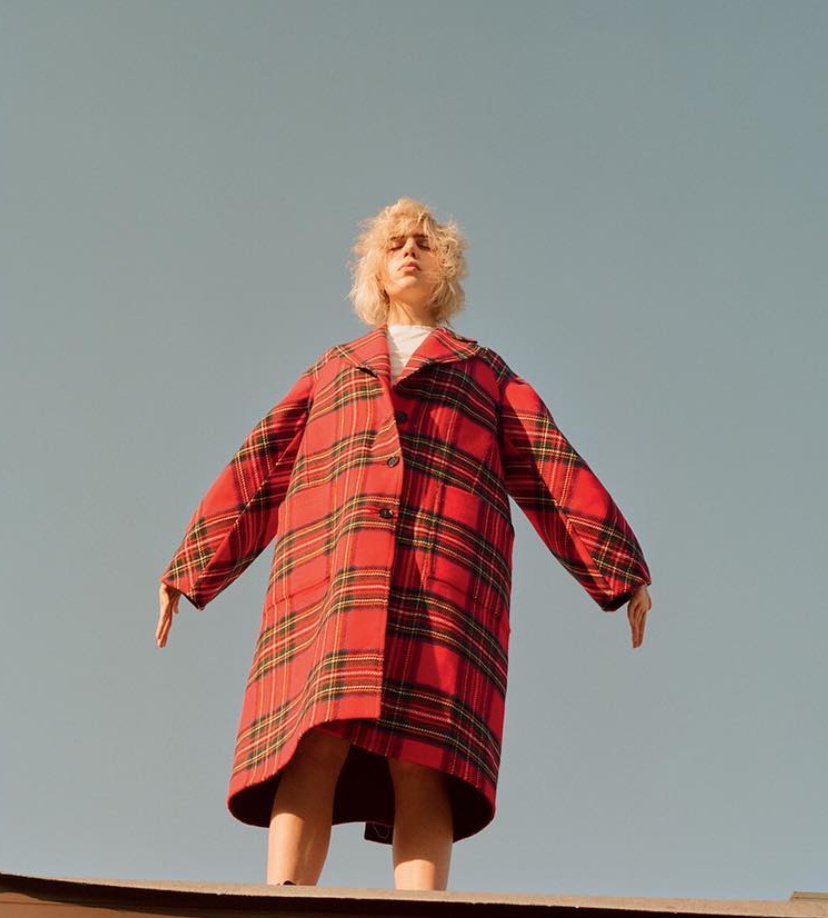Nov 9, 2017
Burberry in dramatic strategy shift as it heads down ultra-luxury trail
Nov 9, 2017
The news comes thick and fast from Burberry these days and anyone tuning in to get the firm’s interim results on Thursday was also presented with a major strategy shift

.
The big story is that the company wants to “establish our position firmly in luxury” in order to “play in the most rewarding, enduring segment of the market.”
Now, that may not seem like news because, after all, Burberry is a luxury brand already, isn’t it? Well yes, but not completely compared to some of its European peers. The brand is still available in a number of multibrand stores that might not quite fit the ultra-luxury bill and even some of its own stores aren’t quite at the luxe level it wants. It looks like these will close.
And what about product? The firm’s consolidation of the Prorsum, London and Brit labels into one Burberry power label has left it with a wider range of price points than luxury rivals like Louis Vuitton or Gucci.
So does the new approach mean Burberry is leaving, say, the ‘Brit’ or ‘London’ pricing behind? We don’t quite know yet. On Thursday, the firm painted a big picture rather than getting down to details and focused on how much "the sector has changed and [how] the luxury consumer demands innovation, curation and excitement from brands and creativity at every turn.”
It said that “to win with this consumer, we must sharpen our brand positioning [and] change our approach to product, communication and customer experience.”
It seems the luxury experience will be a key part of the new strategy, although the firm insists that product is changing too. Without going so far as to say that it will eliminate cheaper price points, it said it will “reshape our offer, increasing and invigorating the fashion content [with] compelling luxury leathergoods and accessories to attract new customers. We will build on the strength of our apparel and re-energise it. We will build our offer to provide a complete look for our customers, while continuing to simplify our ranges.”
The words ‘fashion content’ and ‘simplify’ could be key here for anyone seeking clues about the future of Burberry’s offer and means we’re likely to see a company with a much more fashion-focused and unashamedly luxe product line-up in future.
It would seem to make sense given that in its results statement the company said that fashion was a strong feature in its sales great and that “returning top-spending customers” were also key.
The company said it also expects to put product at the centre of its communication, to leverage its “extensive digital reach to convey new energy” and to “be bold in the way we engage luxury consumers, reinventing our editorial content and experiences.”
Back with those store closure plans. To ensure distribution is consistent with the brand positioning, it said it will “rationalise” non-luxury wholesale and retail doors, starting with the US and then EMEIA. It will “transform” the in-store experience by revamping stores and “enhancing our luxury service.” That means wholesale doors that don’t meet its luxury standards are likely to be axed.
CEO Marco Gobbett said “now is the right time” to do this. What he didn’t say is whether the new approach would have happened had Christopher Bailey not announced he was stepping down as chief creative officer, having already relinquished his CEO’s role to Gobbetti earlier this year. When Gobbetti was appointed from Céline there had been plenty of speculation about how this would play out and how much change he would bring to Burberry.
Well, news in recent weeks and today has answered that question, although with the change at the firm still being a work in progress, this is certainly an interesting news story that will run and run.
But then Burberry has always been a headline-grabber and on Thursday there’s no denying that the firm’s interim results statement alone were newsworthy.
INTERIM FIGURES
The firm turned in a strong set of results for the first half ended September, hailing the strength of fashion-focused product, the return of those “top-spending customers” as well as “a significant improvement in Beauty profitability.”
The results underlined the logic of the firm’s new strategy as revenue rose 4% underlying or 9% reported to £1.263 billion. Retail comp sales rose 4% and improved further in Q2. And the adjusted operating margin was up 210bps to 14.6% while adjusted operating profit rose 17% underlying and 28% reported to £185 million.

The company said that “fashion and newness resonated well, with strength in rainwear and leathergoods [and] conversion improved in all regions” as those high-spending shoppers flooded back. Fashion “outperformed” with a good response to innovations in rainwear such as the Car Coat and Tropical Gabardine, and bags doing well.
Burberry also said direct-to-consumer digital revenue grew in all regions, led by the growth of mobile (that now represents around 40% of its direct-to-consumer revenue), with growth led by Asia Pacific.
And on the retail front, CEO Marco Gobbetti Asia Pacific was also crucial with growth strongest in that region. This is great news for the firm as that’s where so much luxury spending will be focused in future.
RETAIL STRENGTH
The strength of retail was hugely important during the half as it accounted for £944 million of the group’s revenue total and rose from £859 million a year ago.
The recovery of Asia Pacific, where retail accounts for 90% of all sales, was notable after earlier dips and the region saw mid-single digit percentage growth. Mainland China delivered a mid-teens percentage rise, Hong Kong continued to improve, returning to growth in Q2, but Korea continued to decline, “impacted by the macro environment”.
In EMEIA, where retail accounts for 70% of sales, Burberry saw mid-single digit percentage growth, with “a slight deceleration in the UK” in Q2 “as expected.” But it still enjoyed double-digit growth in the UK with the Q2 growth slowdown being due to tough comparisons with the Brexit-induced surge of a year ago.
In Continental Europe, Italy remained soft while France and Germany improved in Q2 and in the Middle East, trading remained challenging, also impacted by the macro environment.
The Americas, where retail also accounts for 70% of sales, there was a slight decline in revenue, with a small improvement in performance in Q2 as both domestic and tourist spending remained negative.
Wholesale revenue also rose, by 7% reported or 1% underlying, to £233 million, although now that the company is tweaking its strategy, this figure might be expected to decline in future.
Copyright © 2024 FashionNetwork.com All rights reserved.


























